The Night of the Iguana
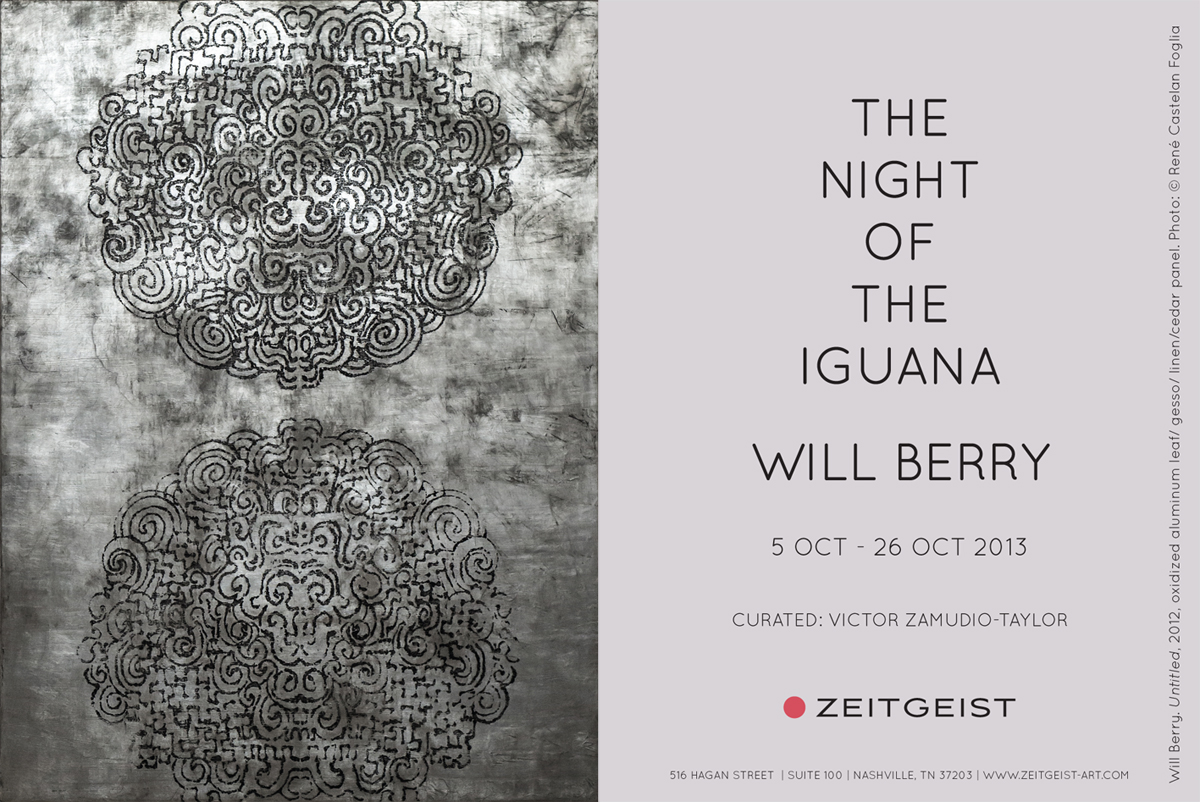
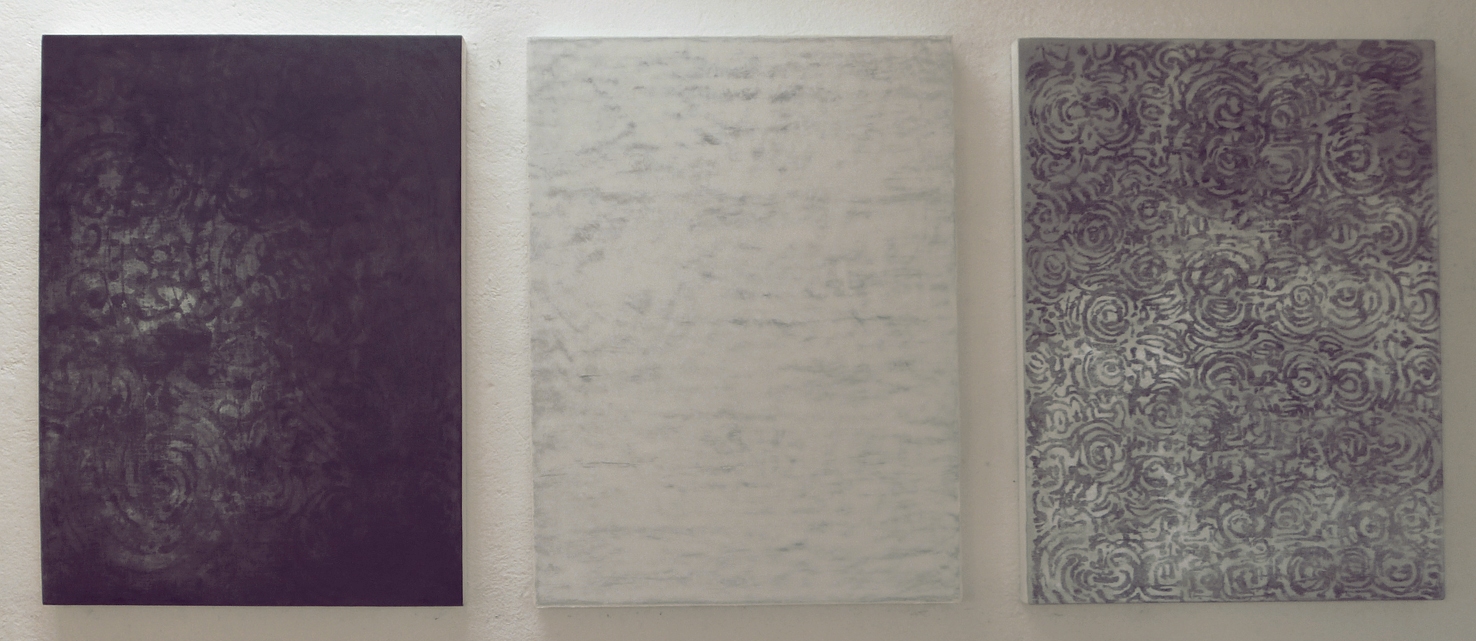





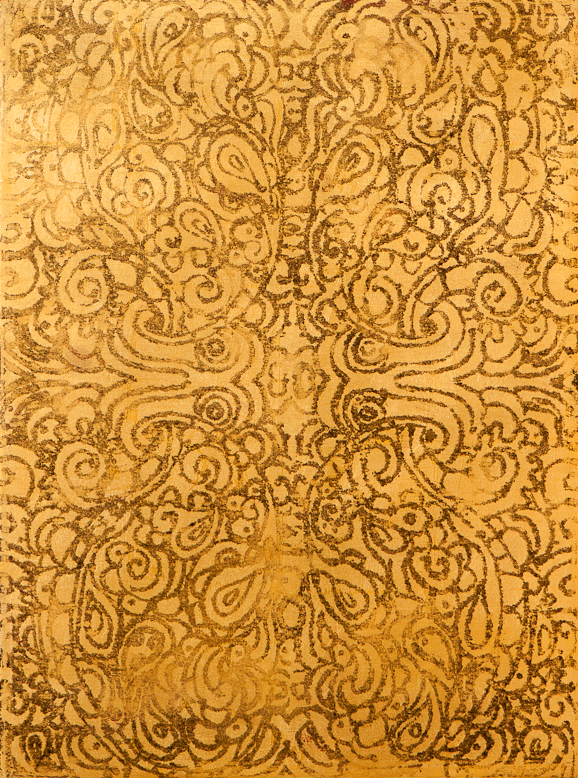
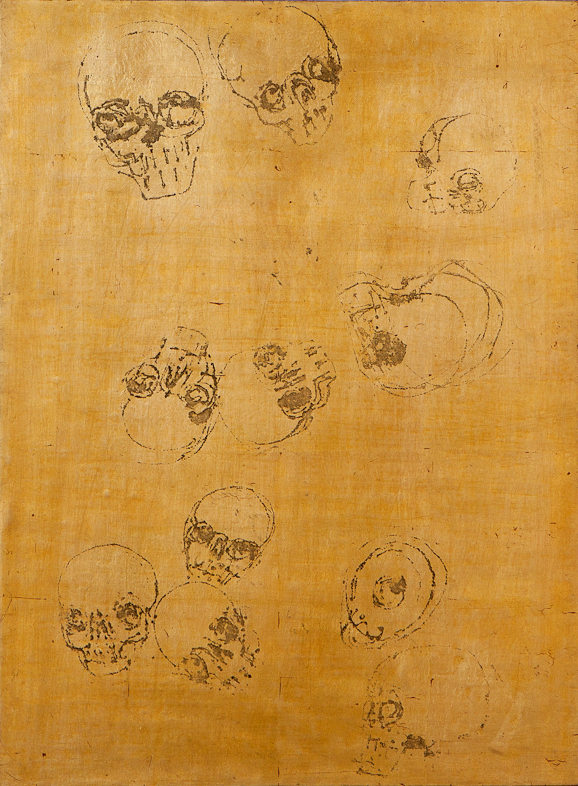
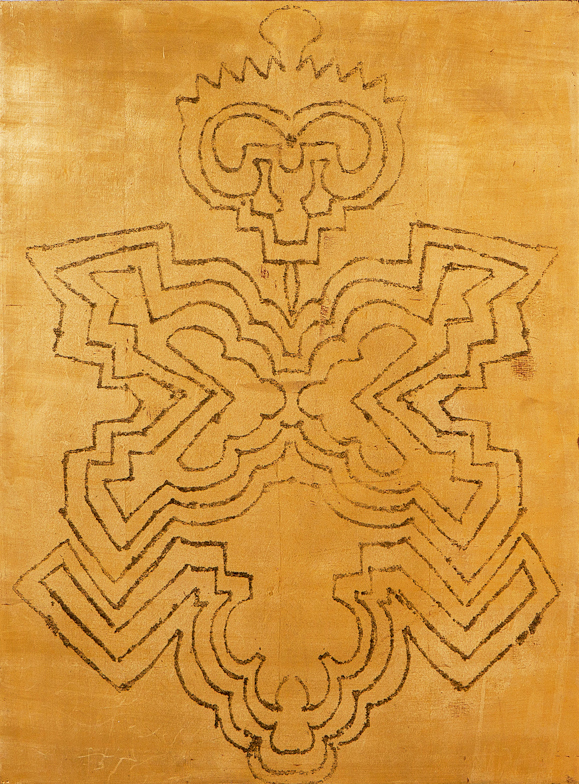
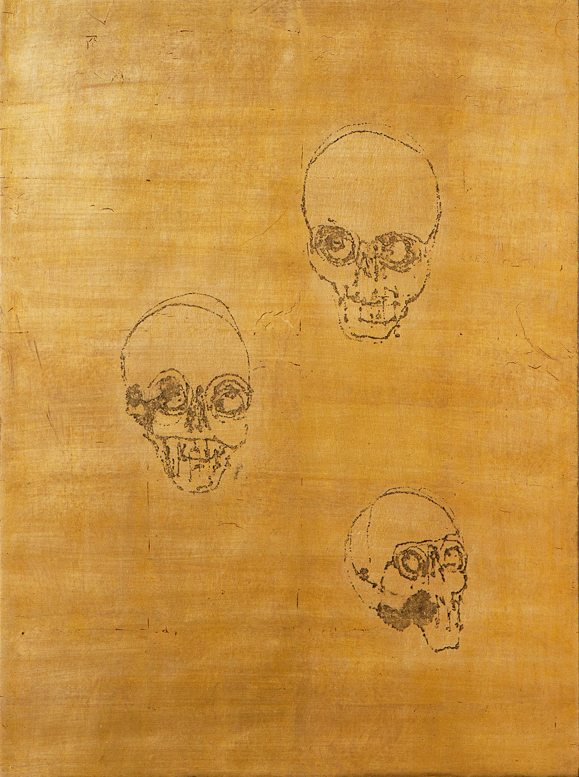


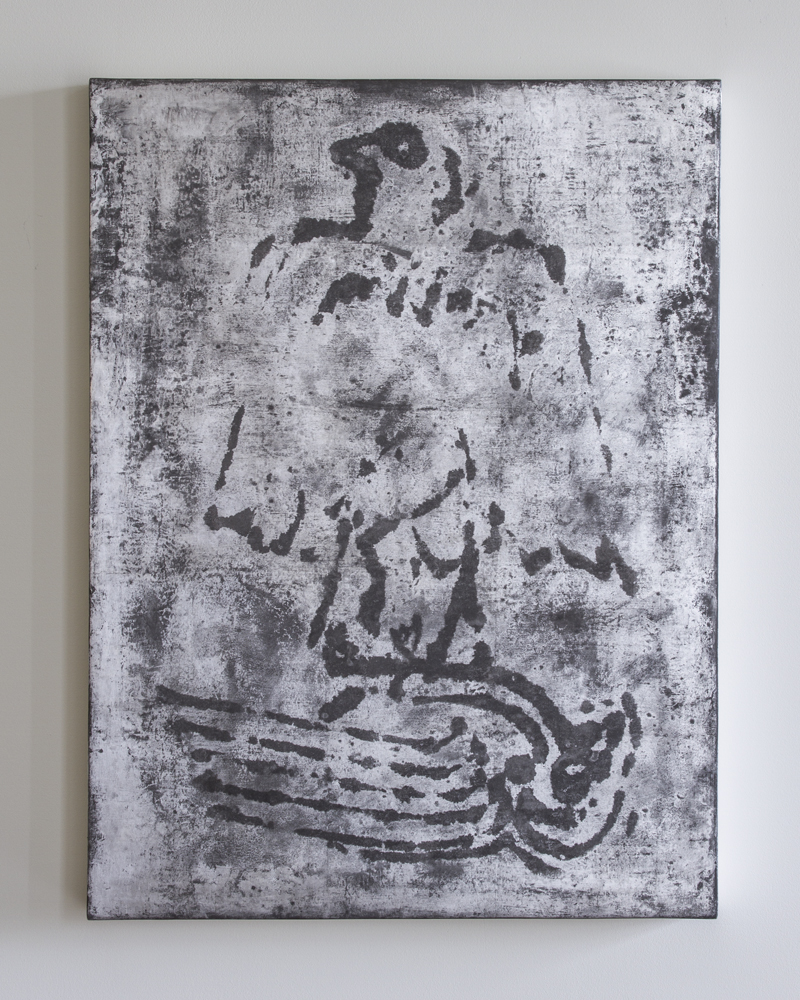
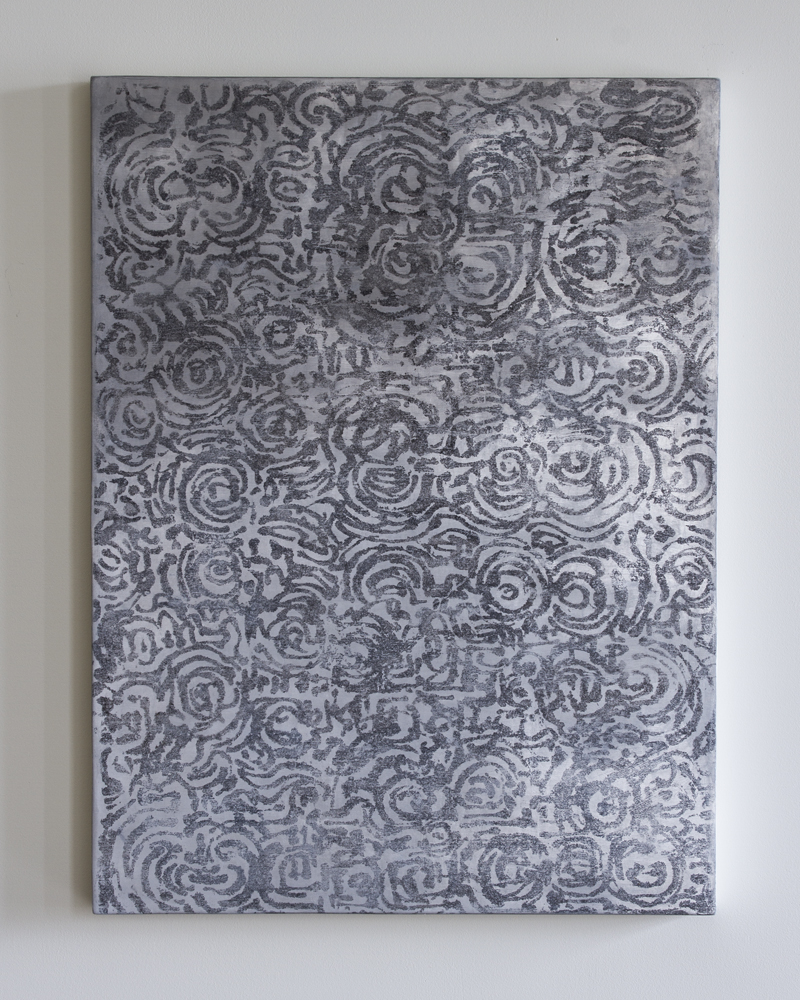
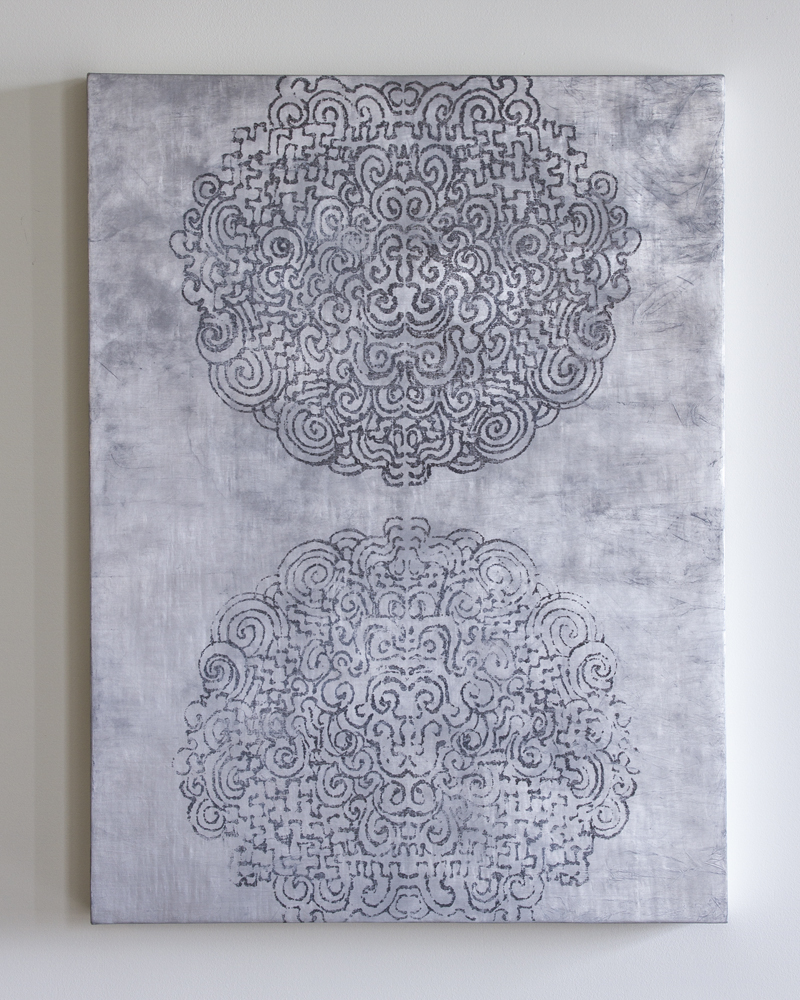
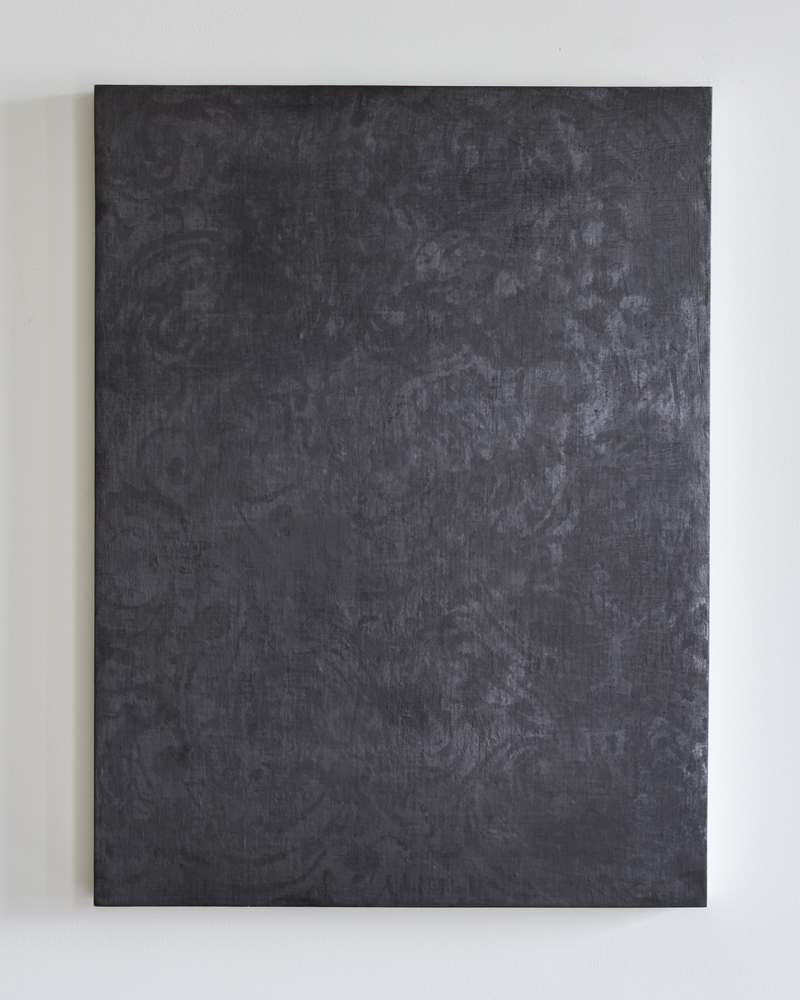
A Nashville native, Will Berry in his first show at Zeitgeist in eleven years presents a body of paintings dealing with the dynamics of light. Veiling cultural themes, his forays in abstraction with diverse motifs embark on research that uses metals –aluminum, graphite, white lead, and gold-, and are the fruition of his investigation and experiences as an expatriate living in Mexico.
Dedicated to painting, Berry stubbornly pursues his quest. Experimentation and the quest for a personal language grounded in tradition and challenging established precepts are the impulses driving his practice. Process and exercise produce a factura or formalization devoid of short cuts that uphold aesthetic rigor, an infatuation with quality and with a succinct visual discourse.
Belonging to a slew of artists understanding painting in new ways and pushing its confines to affirm the practice as a form of knowledge, Berry in his painting examines closely the corpus of Cy Twombly and Robert Ryman, certainly Rudolf Stingel , and has affinities of sorts with the creativity of such contemporaries as Kelley Walker and Rashid Johnson among other exponents of this new wave.
Withdrawn in his Universe yet aware of cultural and societal issues, Berry is selfreferential, and the work is organized in succinct series without dwelling in tautology. Inscribed in modernist classicism providing him with an exit visa to trespass –sublimely- borders that inhibit the inquiry for new pictorial languages, Berry paints for himself, articulating experiences that once resolved formally in painting, offer both a visual delight as well as a myriad of understated or obtuse webs of signification that go beyond his person.
Like the main character in the now classic Tennessee Williams play and later film by John Houston, Berry transgresses established boundaries. Formal limits, cultural frameworks, social taboos, established versions and visions of personal as well as epic histories are challenged, undermined.
Aesthetically, the defiance is the unbiased pursuit that brings together form and content, namely, the impurity of metals as a support to experiment with light but also to articulate the mixture of cultures -at times contradictory- by means of questioning his own identity. His studio practice is a laboratory to reflect on broader and more poignant issues regarding multi-cultural histories that flaunt homogeneity and univocal narratives on History.
Berry is akin to the outcast preacher of William's play who is left with little choice but to work as a tour guide for religious groups visiting Mexico; each for dissimilar reasons is defined by his engagement in a process of re-invention in a foreign yet familiar culture. Both are also emblematic of the the foreigner who feels more at home in his adopted land than in his country of birth.
To be an ex-pat may be the attempt to hide or escape one’s past, or at the other pole, to garner the critical distance needed for self-examination, the opportunity to abstract one 's self from the weight of one’s past in order to act in the present.
Like the exile or the outcast, the ex-pat maneuvers in and around multiple cultures and languages; and in Berry’s case, these include aesthetic forms that function as a cultural index. In Mexico, he has sought and still seeks selfknowledge and a critical discourse on culture.
The phrase that confers the title to the play and the film refers to an iguana tended by the cabana boys at the resort, its neck tied by a rope, At the end of the rope lies the precipice that defines and defies the process of self-exile and reinvention for both the former preacher and Berry. The end of the rope is the limit as well as origin from which new and uncharted territories can be entertained with the corresponding awareness and courage required. Analogous to the iguana, Berry places himself at the end of the rope to paint, and paint his experience and history; to paint in order to indulge in the dynamics of light and to paint to enlighten the night of history, glimpsing it thickness, it's deep zones and taboos. The light is the grammar of the series, the motifs drawn from Persian and Turkish carpet designs, Pre-Colombian signs, Old and New World Baroque patterns are the lexicon, yet both are the pretext and vehicle for painting as a form of thinking, all the while being visually seductive if not stunning.
Victor Zamudio-Taylor / Mexico City / 11 IX 13date:
October 5 - October 26, 2013
opening reception with artist Oct 5, 5:30-9:00pm
artist:
